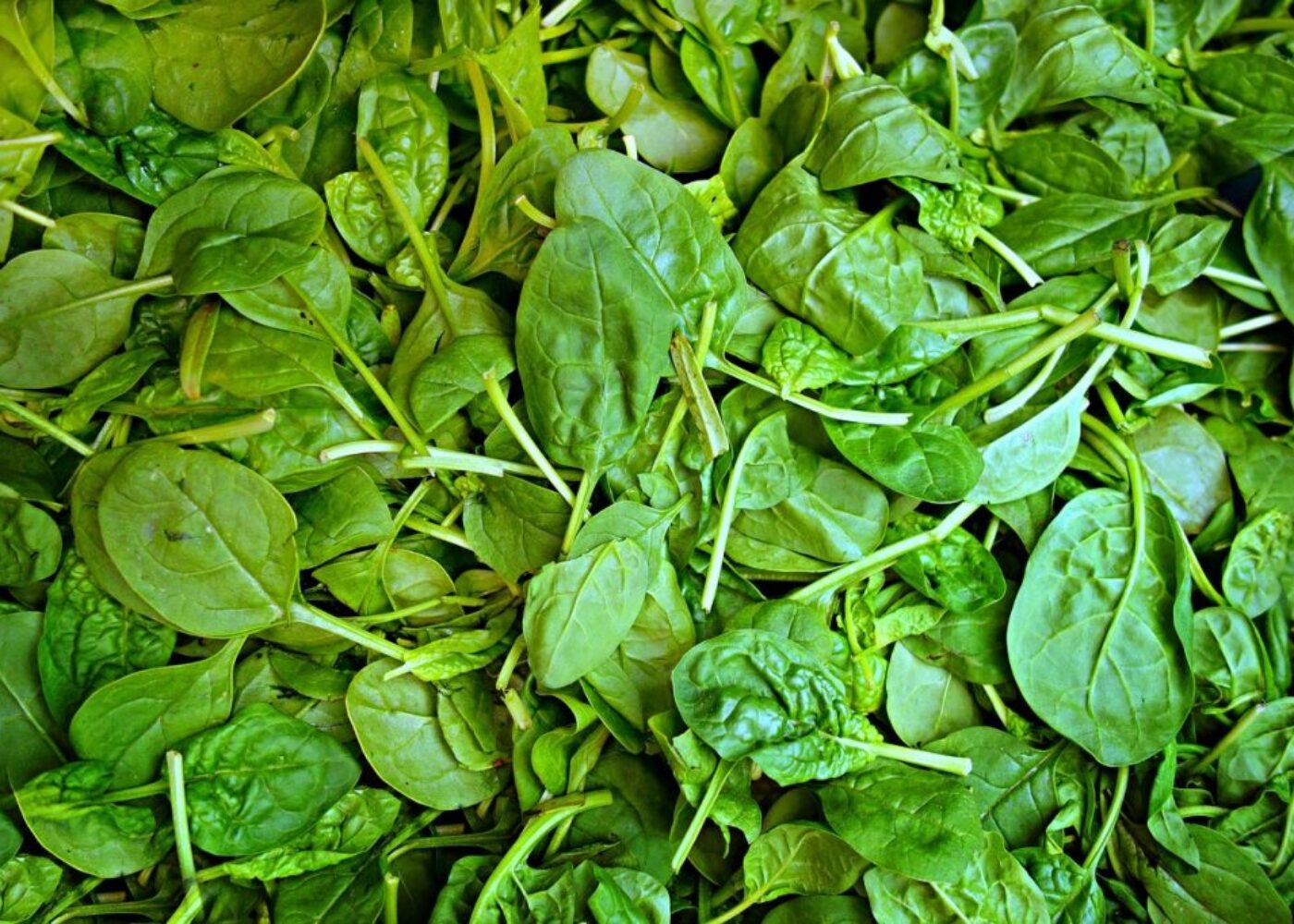The Power of Dark Greens and Spinach

Reposted with permission from Functional Formularies, a company pioneering the field of food as medicine.
Some plants have concentrations of micronutrients that are exceptionally high. Tomatoes and lycopene, Brazil nuts and selenium, or limes and vitamin C for instance. Spinach is a great source of several, highly protective nutrients. It contains large amounts of glutathione if eaten raw. It is also an excellent source of magnesium, the eye-protecting carotenoid lutein, as well as calcium and vitamin C. But spinach’s greatest contribution to our body’s nutrient needs might be its potassium nitrate content.
Of course spinach isn’t alone. Swiss chard, beet greens, mustard greens and romaine lettuce are also very high in potassium nitrate. All are excellent choices to eat daily. Potassium is extremely important on its own, but potassium nitrate is unique. This form of potassium is highly effective at helping the body correct major imbalances in the area of hemodynamics. Factors such as blood pressure, platelet aggregation, and a variety of inflammatory mediators need to be constantly adjusted by the body based upon the situation and/or what our diet has been like over the past several days.
Many people eat foods that create significant imbalance. Their blood pressure rises with an inability for the smooth muscle fibers that make up artery walls to relax. Often a number of factors increase an individual’s chances for forming a clot. These are life changing (cerebrovascular accident) and sometimes life-ending process (myocardial infarction) when they occur regularly and/or too intensely.
Enter dark greens, most notably the aforementioned ones that are high in potassium nitrate. When we absorb this form of potassium we immediately get help in the areas needed. Blood pressure drops as nitric oxide production increases and the smooth muscle arterial walls relax. Inflammation is curbed as the antioxidants and essential micronutrients work their free radical-scavenging magic. Platelet aggregation is decreased as both the potassium nitrate and other substances (such tocopherols) thin the blood.
One recent investigation revealed this unique ability to counter the effects of a typical Standard American Diet (SAD). Rats were fed a high fructose-containing diet coupled with a large amount of highly processed fats and oils (this by the way is possibly the most lethal combination of macronutrients in a population’s diet). The results were amazing. The consumption of spinach, rich in potassium nitrate, corrected more than just blood pressure and markers of inflammation, it also significantly improved insulin resistance or reversed processes associated with diabetes.
https://www.ncbi.nlm.nih.gov/pmc/articles/PMC5018658/pdf/FNR-60-32010.pdf
Li T, Lu X, Sun Y, Yang X. Effects of spinach nitrate on insulin resistance, endothelial dysfunction markers and inflammation in mice with high-fat and high-fructose consumption. Food & Nutrition Research. 2016;60:10.3402/fnr.v60.32010. doi:10.3402/fnr.v60.32010.
In summary, we could all do better by having more spinach salads or smoothies, more Swiss chard or beet greens in our stir-fried vegetable dishes, and more mustard greens in our soups and stews. Enjoy!
John Bagnulo MPH, PhD. – Director of Nutrition





